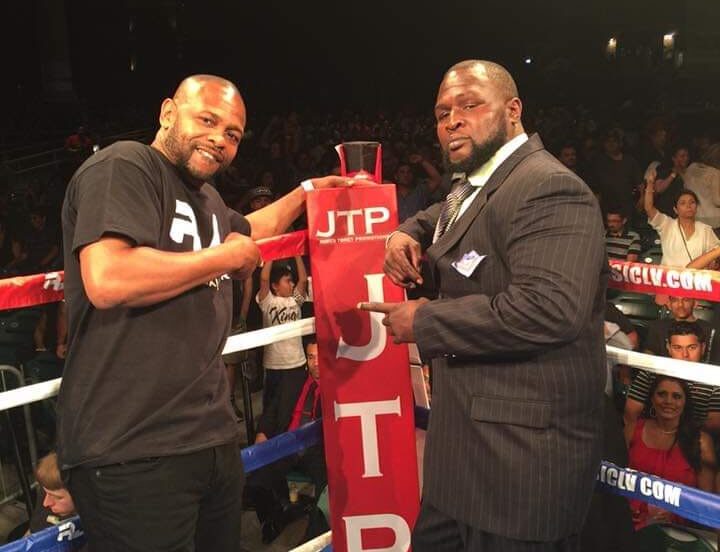Black Women Leaders to Sen. Feinstein: Give Up Your Own Seat for Sec. Padilla
By Antonio? ?Ray? ?Harvey? ?|? ?California? ?Black? ?Media?
Black women leaders have a recommendation for Dianne Feinstein, California’s senior U.S. Senator: consider giving up your own seat so that California Secretary of State Alex Padilla can fill it. Their call is to appoint a Black Woman with political experience and a track record of success – someone who will be ready on day one to serve.
News broke last week that Feinstein, who has represented California in the upper house of the U.S. Congress for 28 years now, reached out to Gov. Gavin Newsom. She called to let him know that she supports Padilla, who is Latino, as Sen. Kamala Harris’s replacement in the U.S. Senate.
Black leaders campaigning for the governor to replace Harris with an African American woman responded promptly.
“The good senator herself has been sitting in that seat for a longtime. She has served our state well. Very honorably. Maybe she should consider resigning, which would make room for Secretary Padilla to carry on her legacy,” said Amelia Ashley-Ward, publisher of the San Francisco Sun-Reporter, the oldest Black newspaper in the “Golden Gate City.”
Ward said once Harris is inaugurated Vice President of the United States in January, the United States Senate will lose its only African American woman.
“That is a terrible loss for America. That is our seat,” Ward continued. “It was won by an African American woman and she had hundreds of thousands of African American women working hard with her, holding her up, standing behind her to win that seat. Not to mention millions of other Californians. Kamala was the second Black woman in history to serve in the United States Senate and she is currently the only Black woman in the United States Senate. She is the face and the voice of Black women from all across this country and we will lose that when she’s gone.”
Padilla, who is from Los Angeles, served as an aide in Feinstein’s Senate office in the 1990s.
“I told him,” Feinstein said, talking about her appeal to the governor in support of Padilla “And my sense is that he’s going to represent California very well. And he’s someone I’d be happy to work with and bring Hispanic representation to the Senate for the first time.”
Dr. Amos Brown, a civil rights activist, president of the San Francisco branch of the NAACP and pastor of Third Baptist Church in San Francisco, says representation is important. He said Gov. Newsom should appoint either Rep. Karen Bass (D-CA-37) or Rep. Barbara Lee (D-CA-13).
“The seat must go to an African American woman. How can there be no Black woman among Democrats in the U.S. Senate? The women we are recommending are smart, qualified and prepared to replace Harris,” he said.
In an all-out effort to ensure that an African American woman continues to serve in Harris’s U.S. Senate, Black women groups in California and across the United States have launched a social media campaign to spread the word and garner support. They say the party establishment wants Black people to vote for a Democratic majority in the Senate by turning up to vote in the January runoff election in Georgia, but they do not want to fight to make sure a Black woman is represented in the United States Senate.
The Black Women for Wellness Advocacy Project (BWWAP), Black Women Organized for Political Action (BWOPA), the Black Women’s Democratic Club (BWDC), and numerous leading Black women in the state are speaking in one voice, sending a clear and forceful message to Gov. Gavin Newsom that he should pick a Black woman to replace Harris.
To amplify their message the women are employing podcasts, YouTube, Twitter, Instagram, Facebook, digital flyers, emails and catchy taglines. Public service announcements will flood the internet according to the of organizers for the campaign.
“This is an initiative by Black women from across California who are elevating the conversation around the appointment for Vice President-elect Kamala Harris’s U.S. Senate seat,” said Dezie Woods-Jones, founder of BWOPA, oldest Black political action organization in the state. “It is a full court press directed to an audience of one and that audience is Gov. Gavin Newsom.”
There are three African Americans serving in the United States Senate. Harris, Cory Booker, a Democrat from New Jersey, and Tim Scott, a Republican from South Carolina.
But after Jan. 20, 2021, when Harris is sworn in as Vice President, there will be no Black woman in the US Senate. Gov. Newsom can either decide to make an appointment to complete Harris’s term, which ends in 2023, or he can hold a special election.
The Black women organizations have also set up several online hubs to push the issue. They are asking people around the country to email their support to help them Keep the Seat for Black Women in the U.S. Senate. California residents can email Newsom directly. Or they can also message him at this site as well. On social media, they can send a tweet to the governor @GavinNewsom.
 Westside Story Newspaper – Online The News of The Empire – Sharing the Quest for Excellence
Westside Story Newspaper – Online The News of The Empire – Sharing the Quest for Excellence


